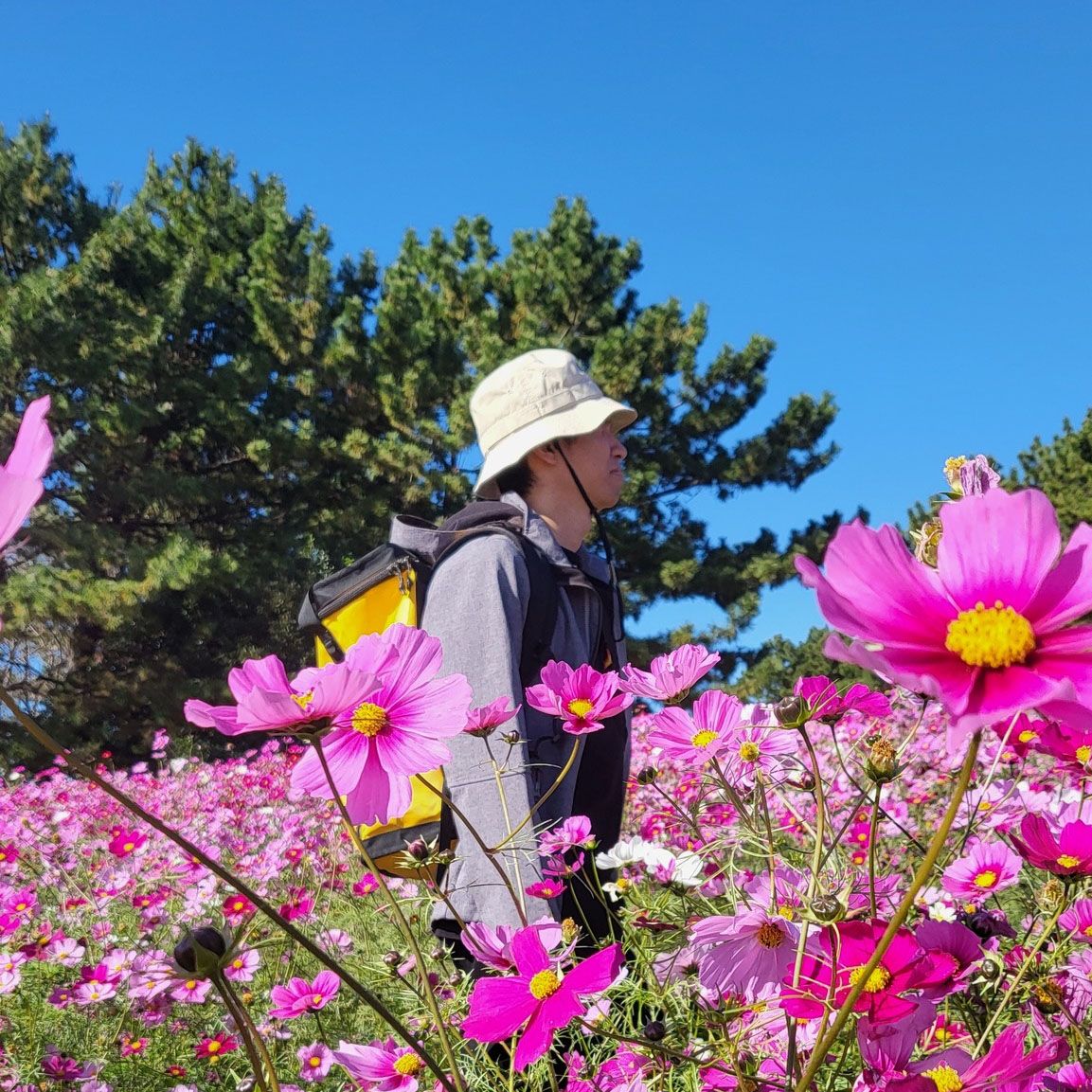Hiking Mount Nokogiri – Edo-Period Quarry Trails in Chiba
Centuries-old quarry site in Chiba Prefecture, featuring an easy hiking trail and striking rock patterns carved by historic Edo-period mining techniques.
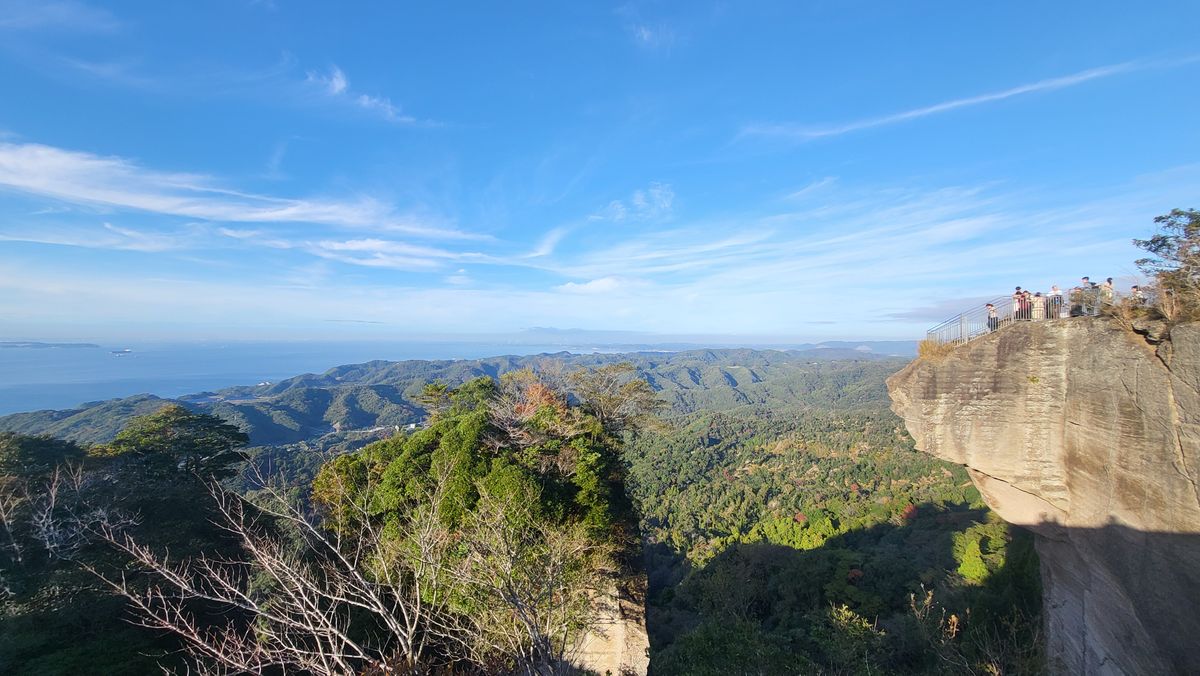
Located on the Boso Peninsula in Chiba is Mt. Nokogiri. The mountain was used for stone quarrying during the Edo Period, leaving behind jagged patterns on its cliffs defining its modern profile. The mountain is considered sacred home of Nihon-ji temple which was founded even before it became a quarry.
Budget
¥3,640 round-trip train from Chiba Station to Hama-Kanaya Station
¥650 one-way cable car trip (descent). It's cheaper if round-trip at ¥1,200
Schedule
12:00 PM: Arrived at Hama-Kanaya Station
2:00 PM: Arrived at trailhead
4:00 PM: Summit
5:00 PM: Rode the cable car down
8:00 PM: Back to Chiba Station
We left our hotel in Chiba Station pretty late and arrived at Hama-Kanaya Station at around 12 PM. It was a nice station. You can see some of the chiseled part of the mountain from there.
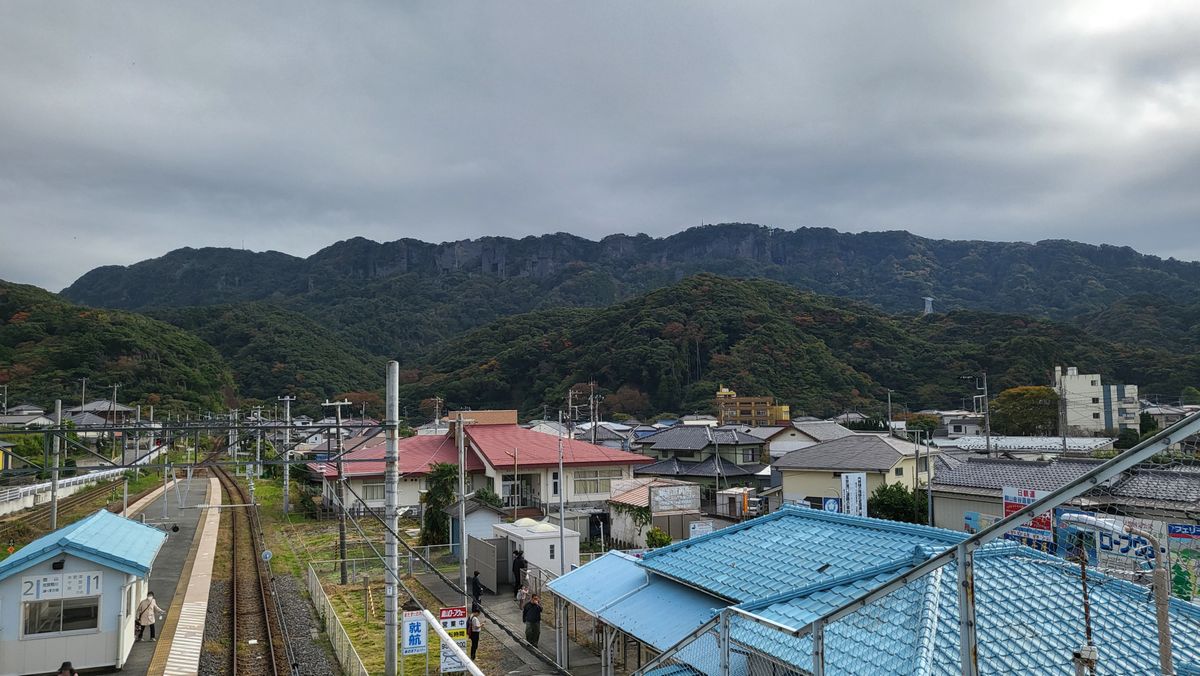
You need to walk around 1 and a half kilometers to get to Shariki-michi trailhead. It rained the previous day so the surroundings during our hike were a bit wet but not to the point that its dangerous. It was the start of fall so there were some brown, red, and yellow trees around.
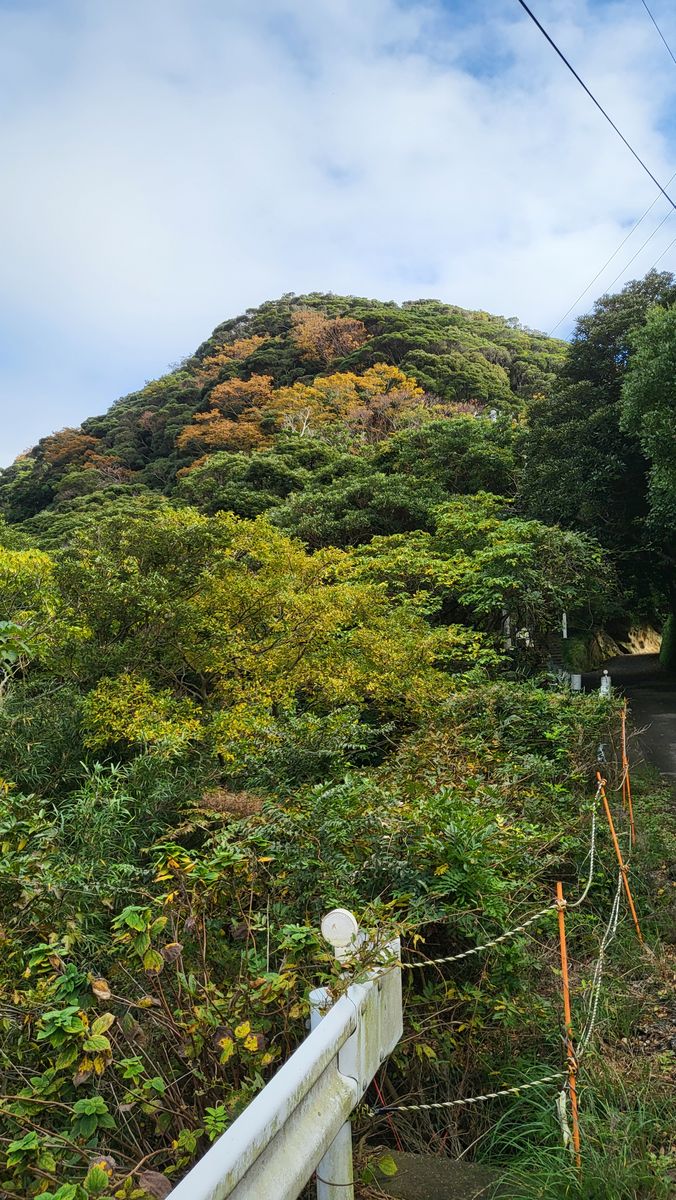
We began our climb at around 2 PM after taking some wrong turns while looking for the trailhead, but once we reached the trail signage, it was pretty easy to understand the directions since there's an actual path almost the whole climb. There are also a lot of sign posts around the trail so it's almost impossible to get lost during the hike. We got lost because we followed Google Maps which is a hiking newbie mistake. Better follow the maps around the area, Yamap (or some other hiking apps), or from legitimate resources such as this.
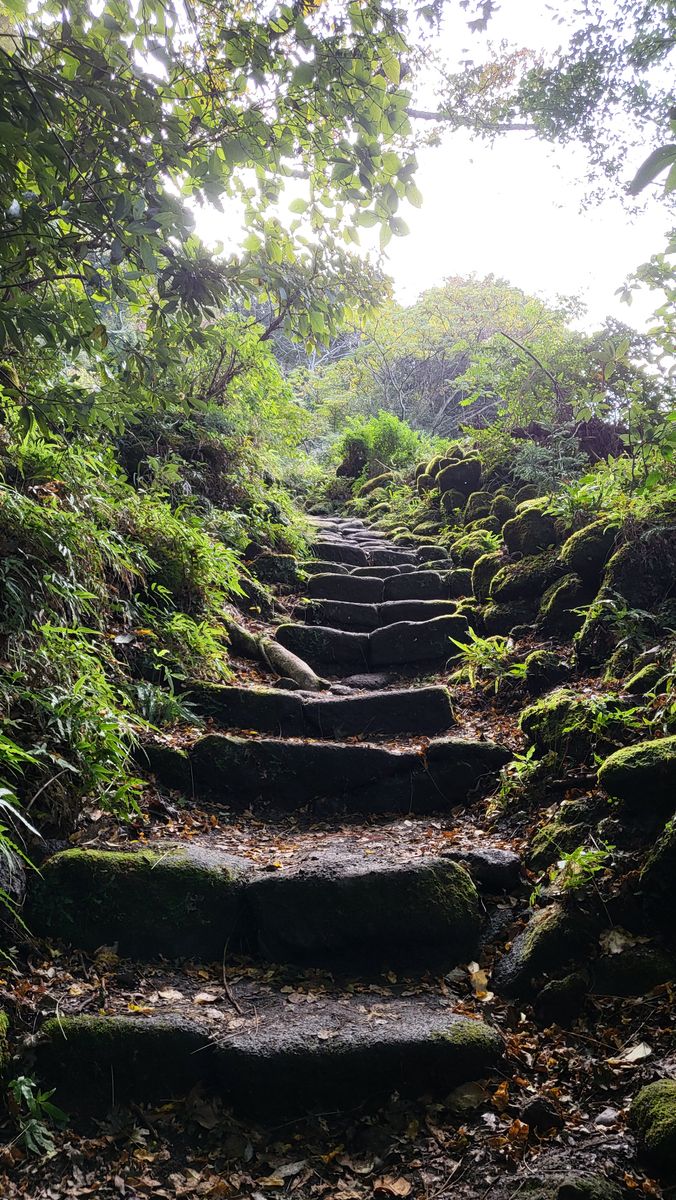
The trail looks well maintained and even has some safety railings like this:
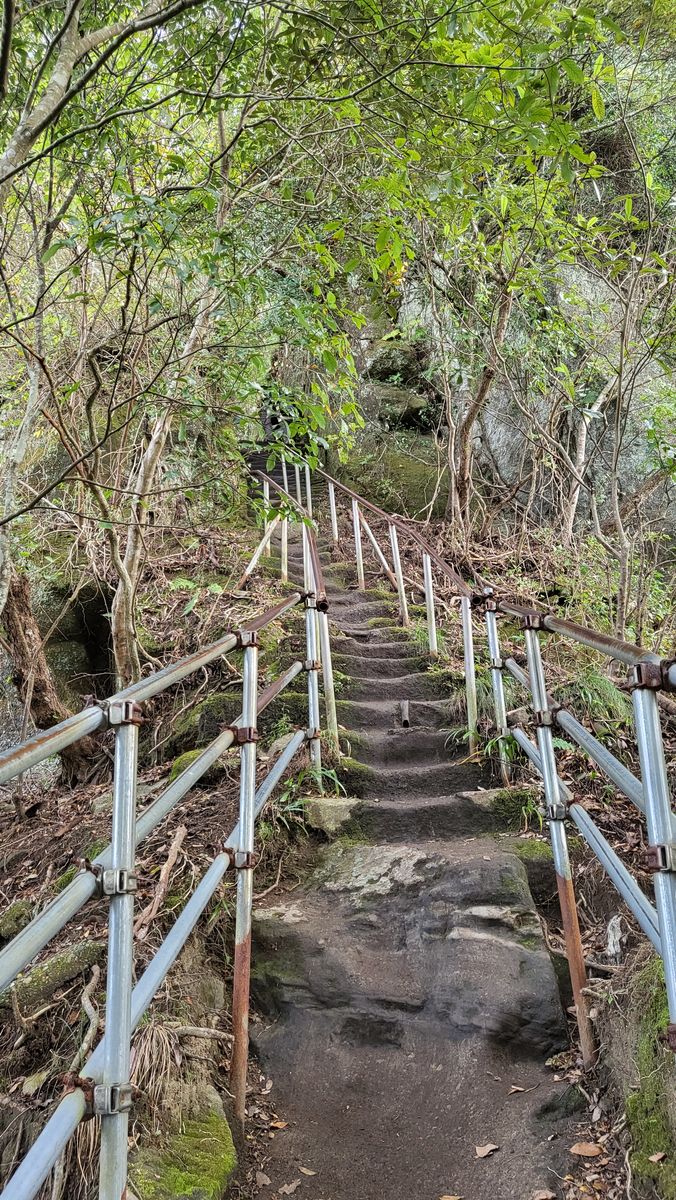
But in this trail, there was one part where you need to rely on the rope railings and would require a bit of an upper body strength to climb. But it wasn't that hard but it's a pretty steep set of stairs.
Once we get near the top, we started seeing the patterned walls. The first part we encountered was this:
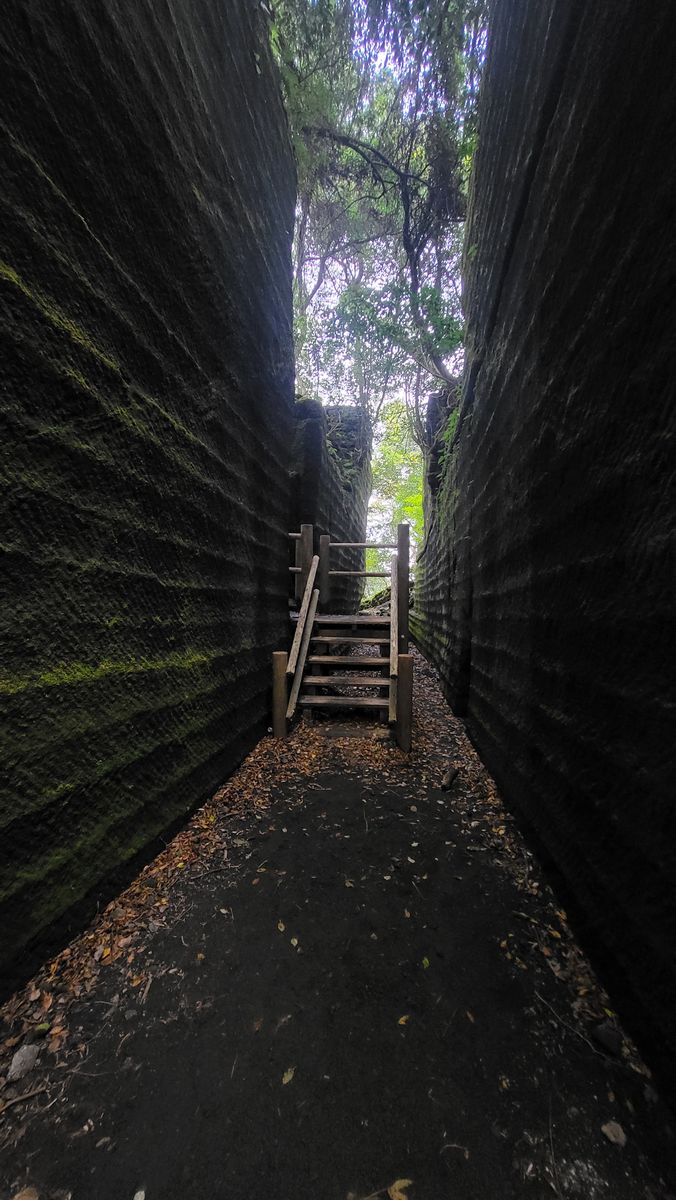
The wall patterns are very consistent, the gaps between the lines are about the span of my hand at around 7-8 inches. It's amazing to see it in-person. You can get close and examine the patterns and look how nice the edges are.
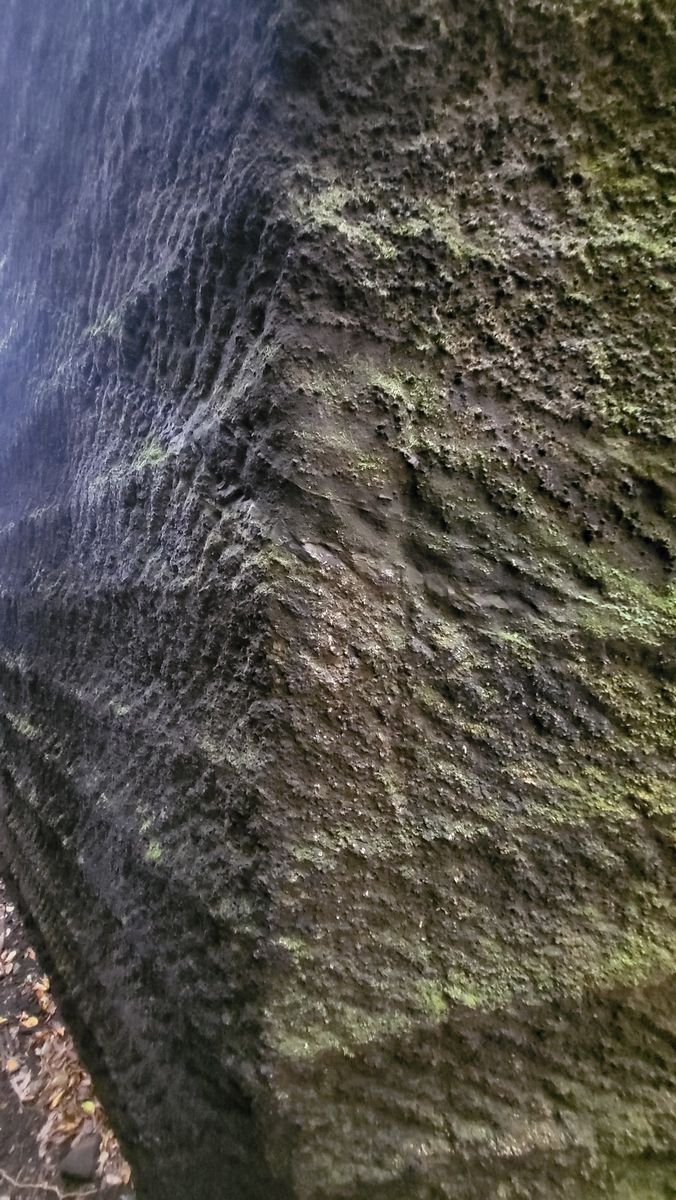
A little bit of hike and we reached a part where there's a small pond.
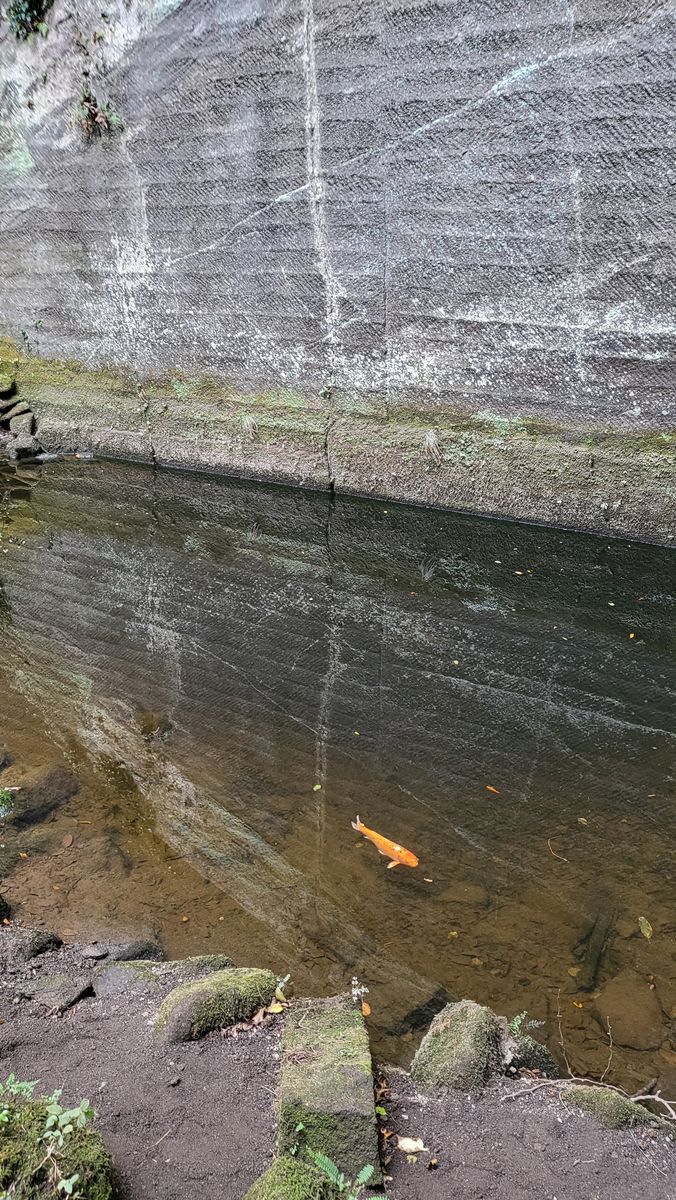
There were even some koi fish in it, too. Then after a few turns we reached one of the famous spots:
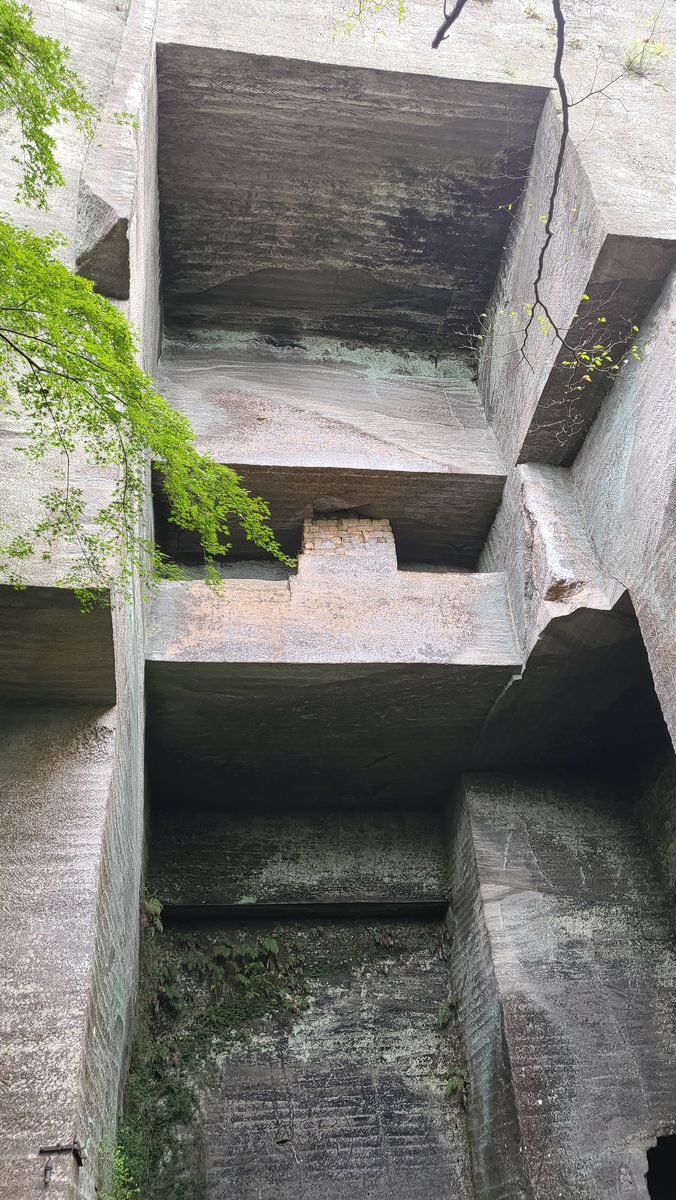
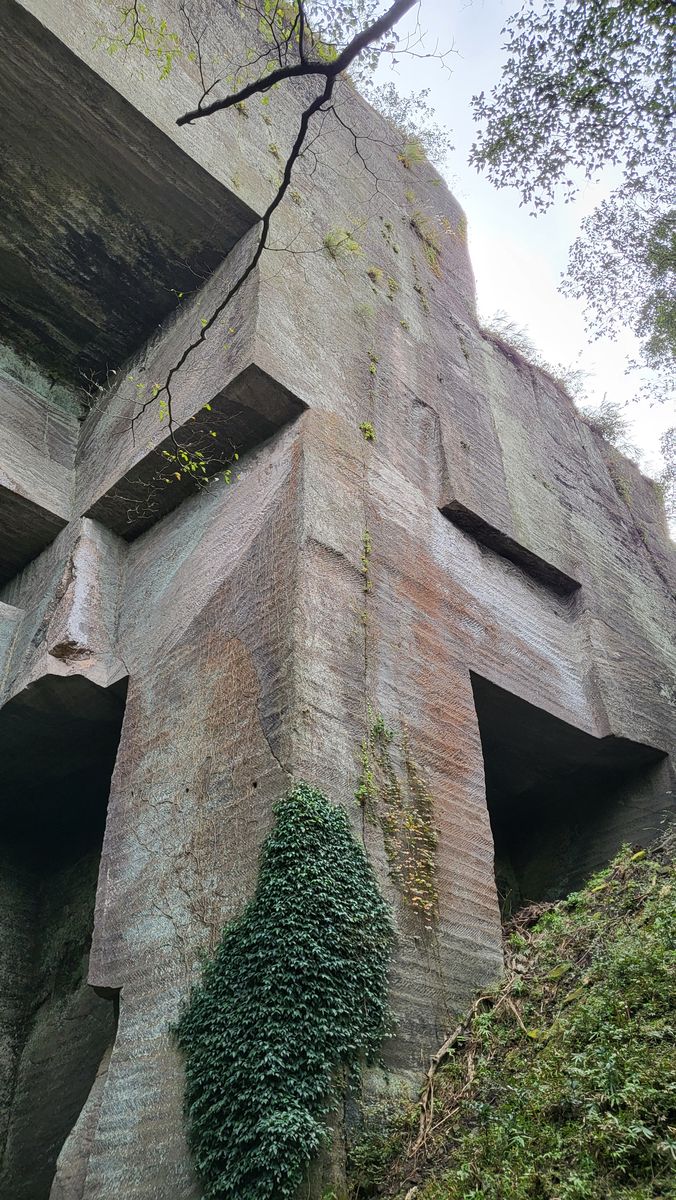
It is very huge and makes you really wonder how people from hundred years ago made these cuts. Then after a short hike, we came across a path were you could see the peak of the mountain:
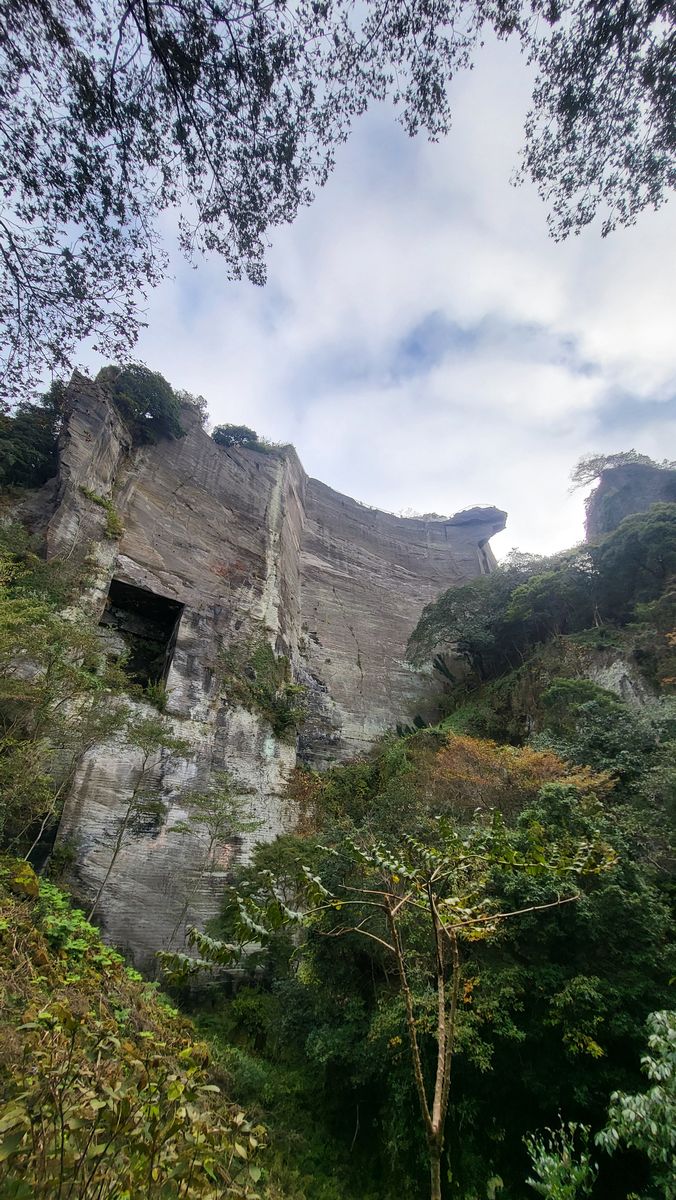
We are getting close to the top and can even see some nice views in the opposite side:
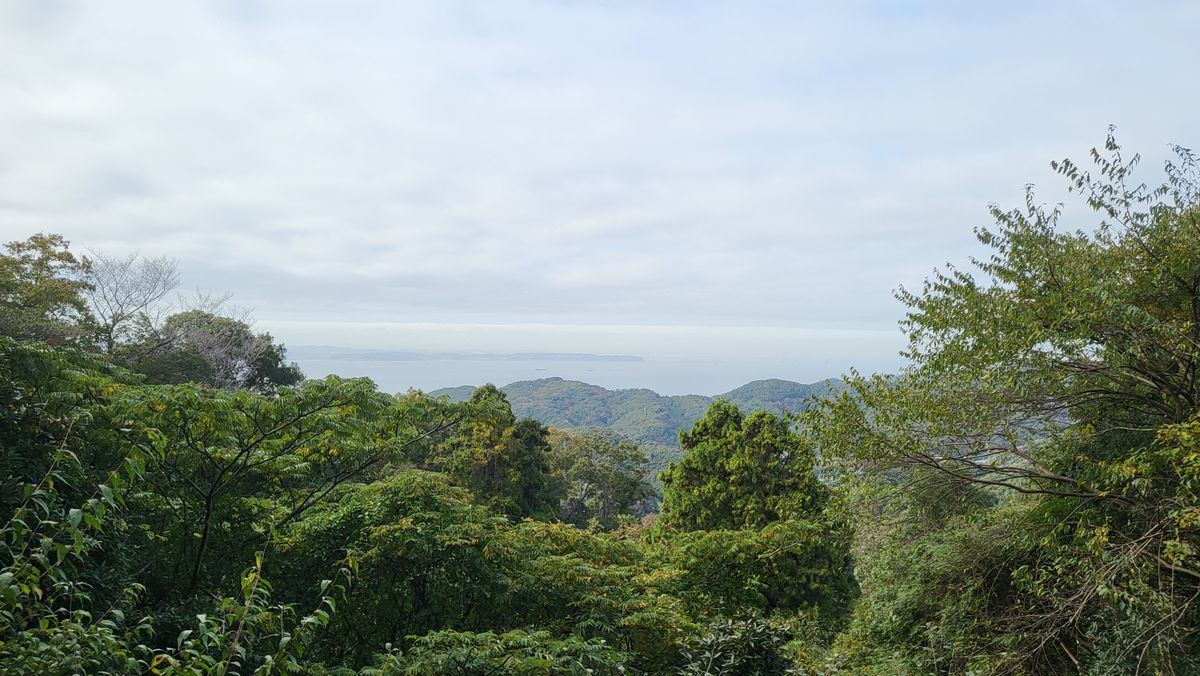
And with a bit of a walk we reached a fork, one leads to dead-end open area where you can see some of the worker's equipment left behind, and another that leads to the summit. We went to check the open area first.
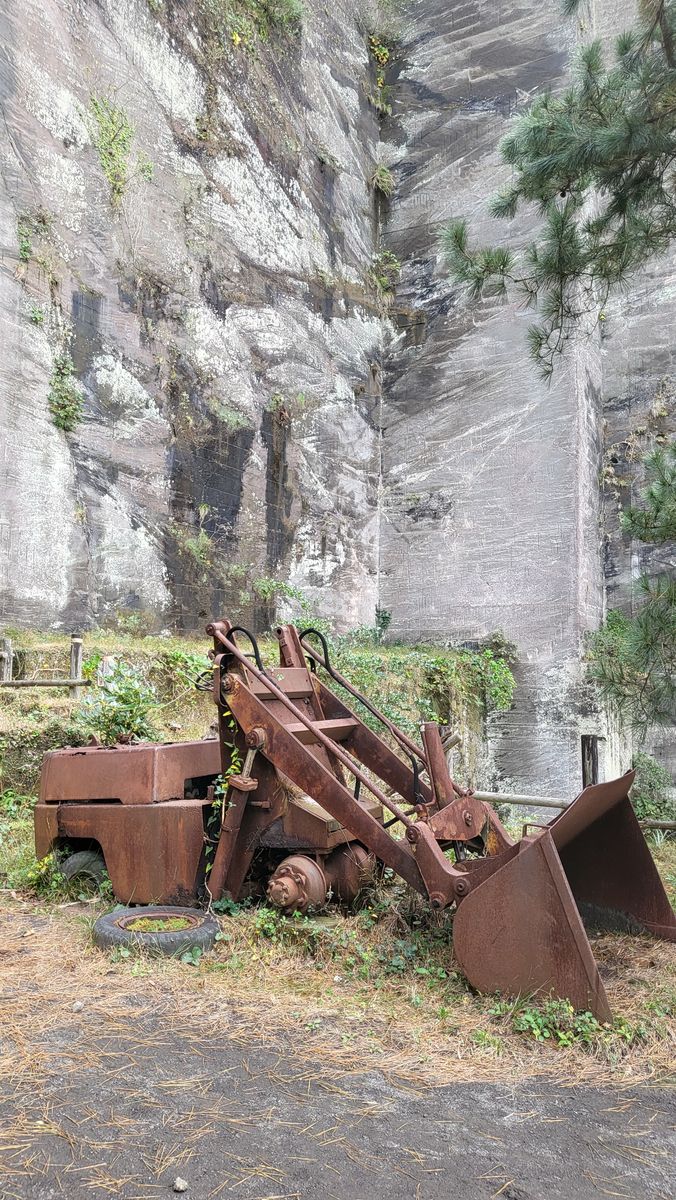
You could see some industrial stuff like these from the latter parts of the mining operations. And some more-traditional equipment like these:
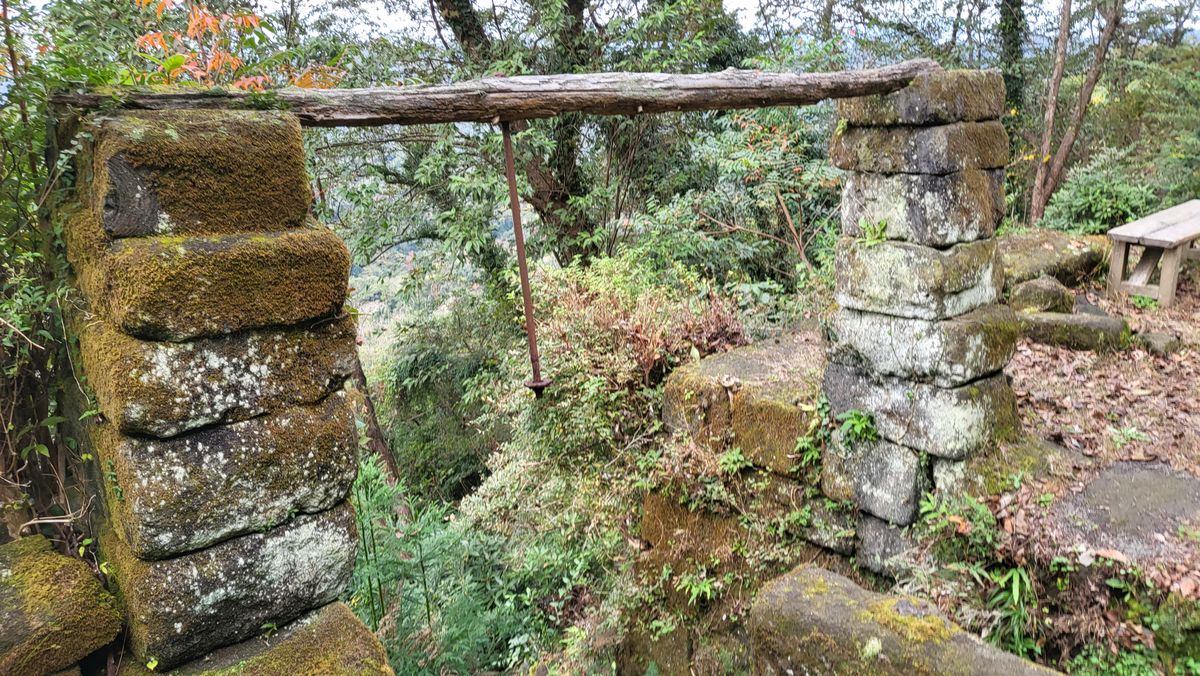
The walls in this area has some nice jagged pattern.
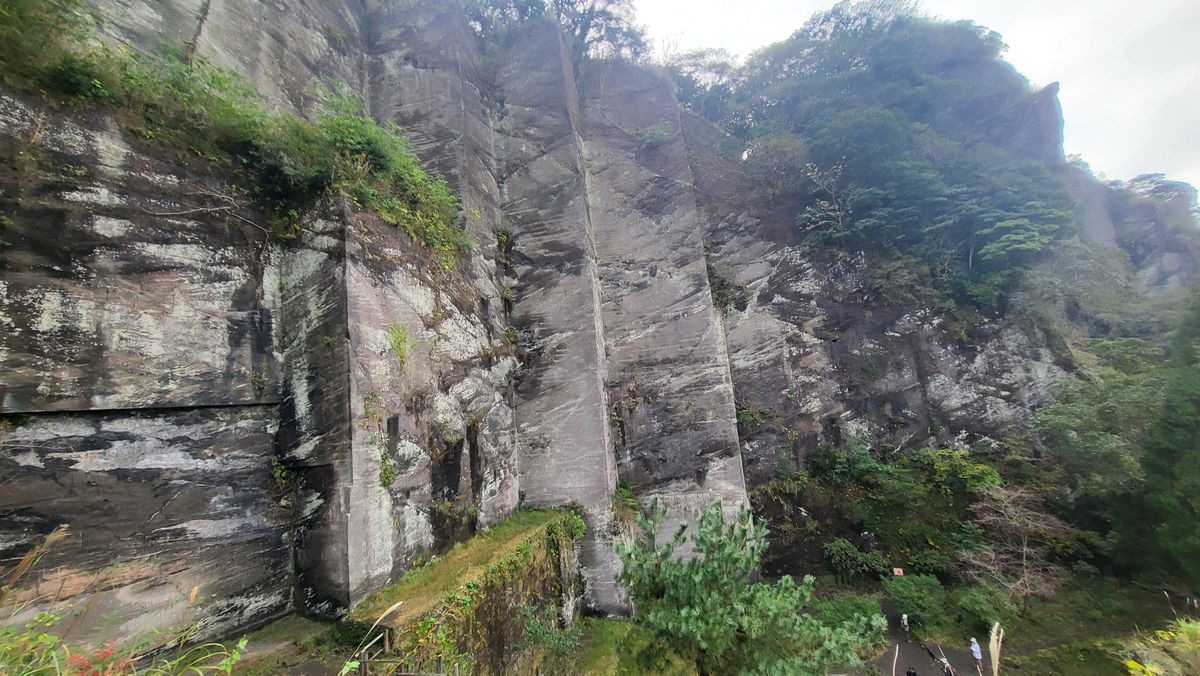
Then there's a few set of stairs that would lead you to this view at the end:
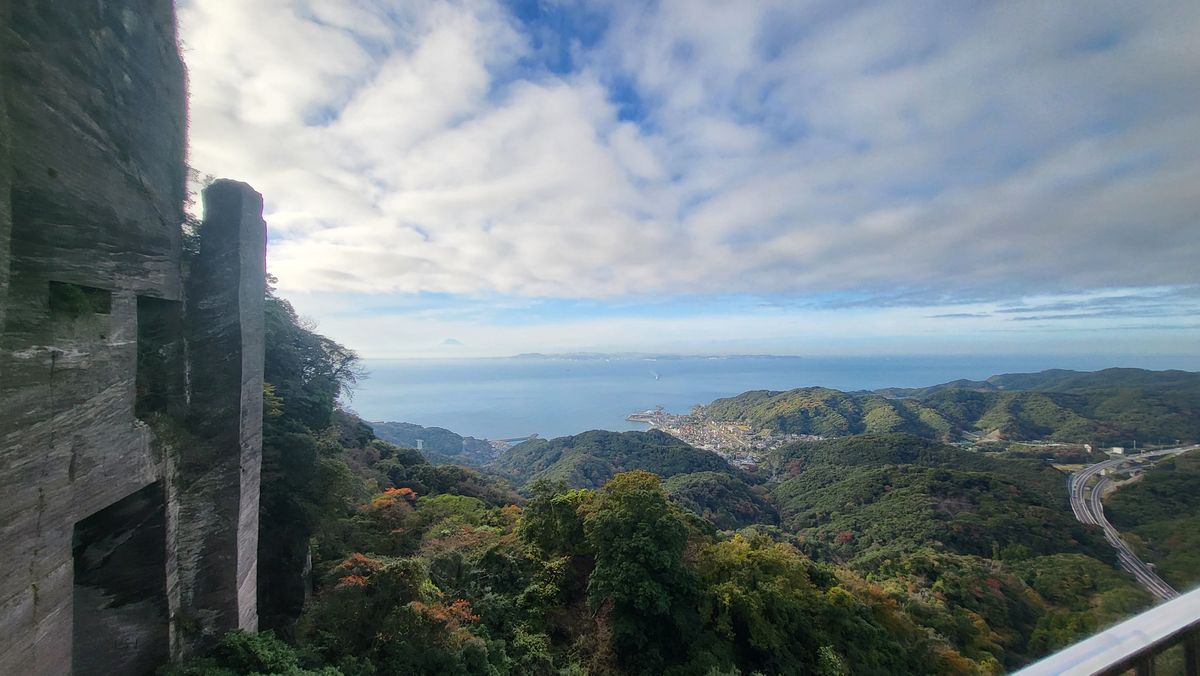
We then went back and resumed the trail.
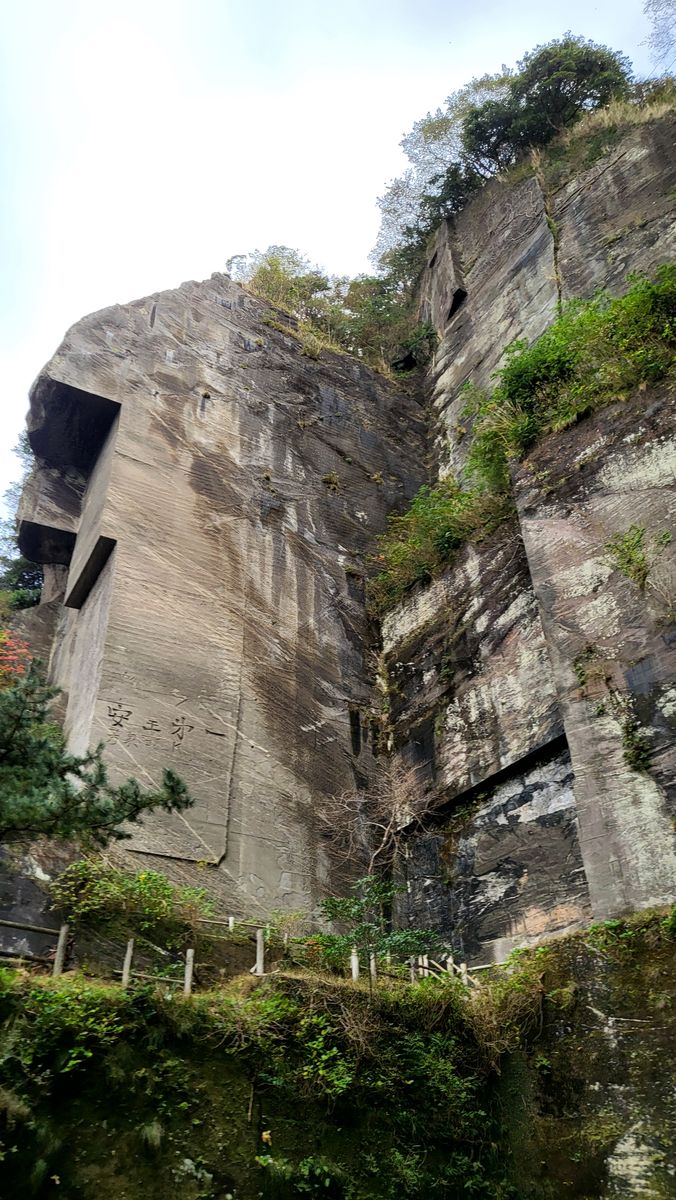
But before you reach the top, you need to pay for an entrance fee. From here everything is much more well-maintained. The first thing we saw was this giant carving in the wall:
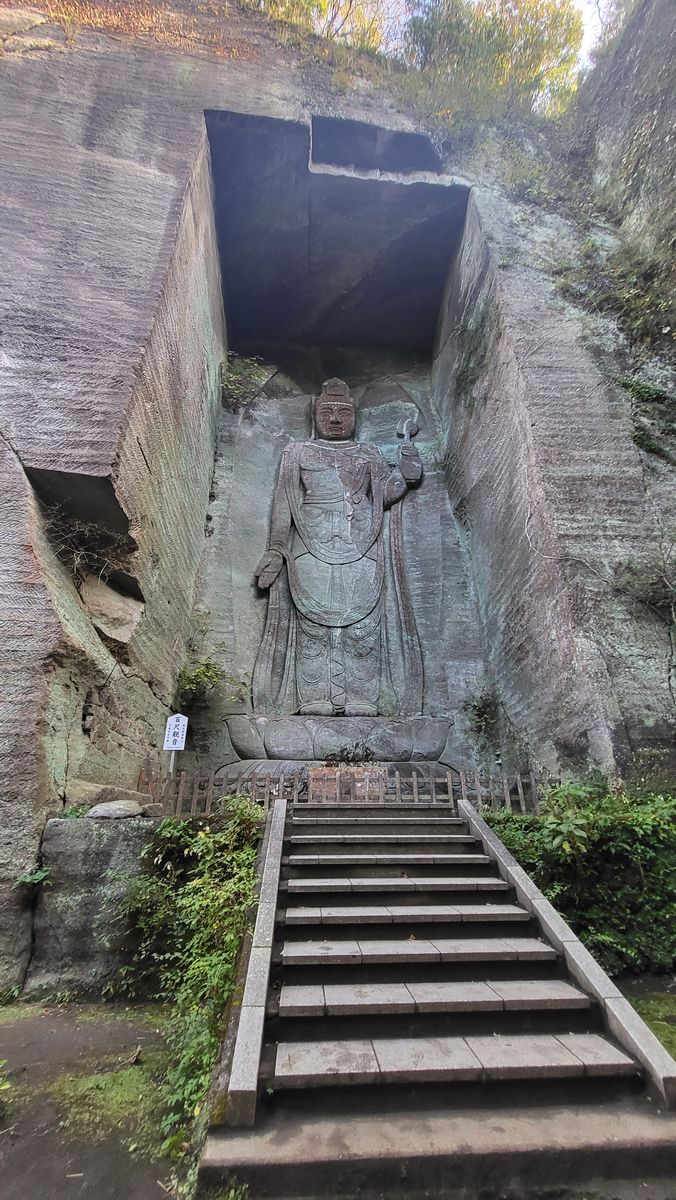
But too bad we arrived late at 4:00 PM and our cable car ride is 5:00 PM so we only have an hour to explore the park. We checked the map that was given to us in the entrance and decided the best path we can take given our time constraint to make it to the ropeway. We went to the route of Nihon-ji's 1500 buddhas.
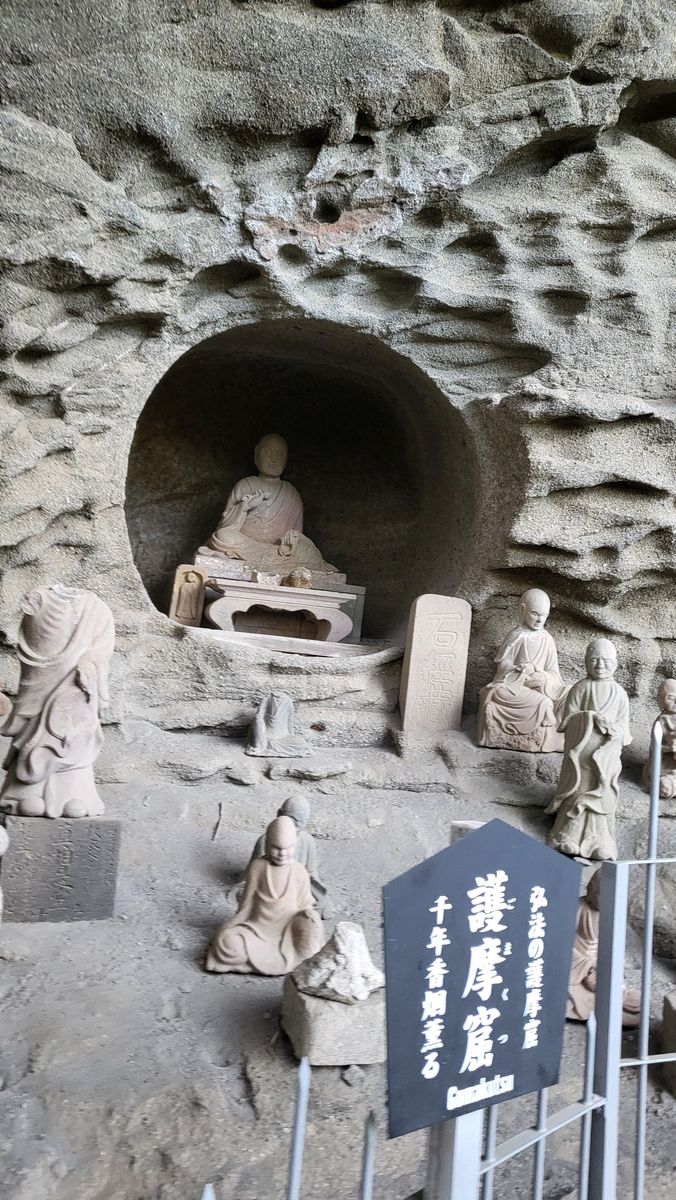
We then reached the summit. The weather was good so we can clearly see the surrounding areas:
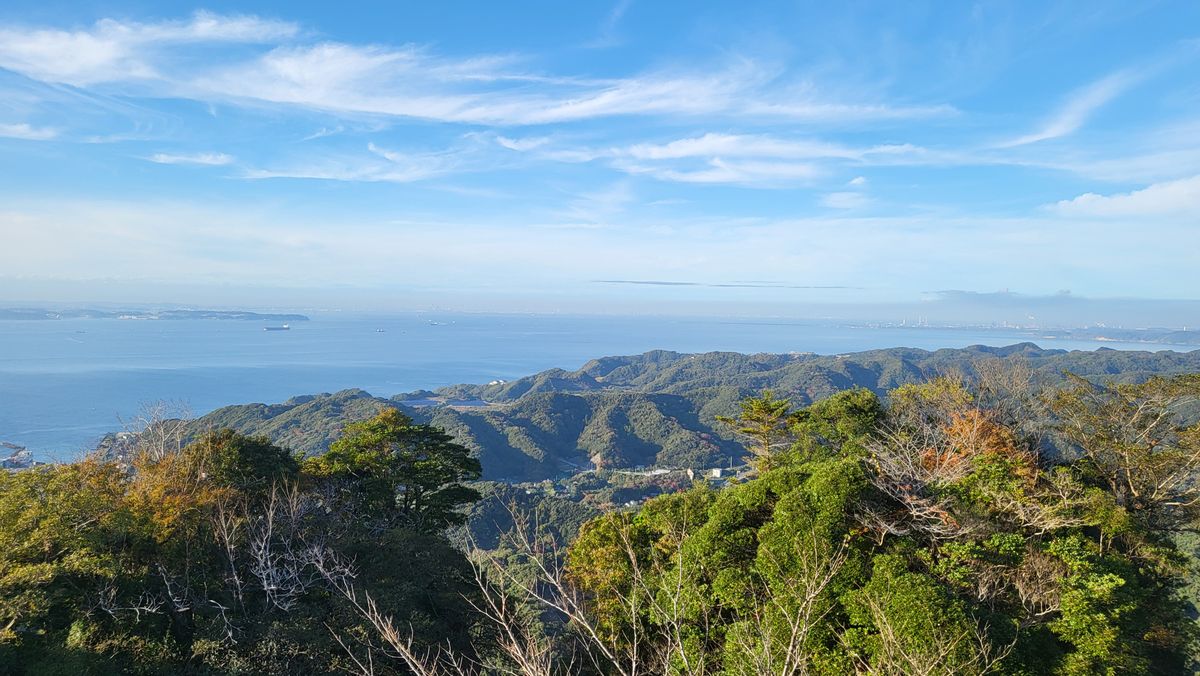

And of course, the famous Jigoku Nozoki:

But the line was so long so we decided not to queue.
We then descended the summit and head towards the Daibutsu.
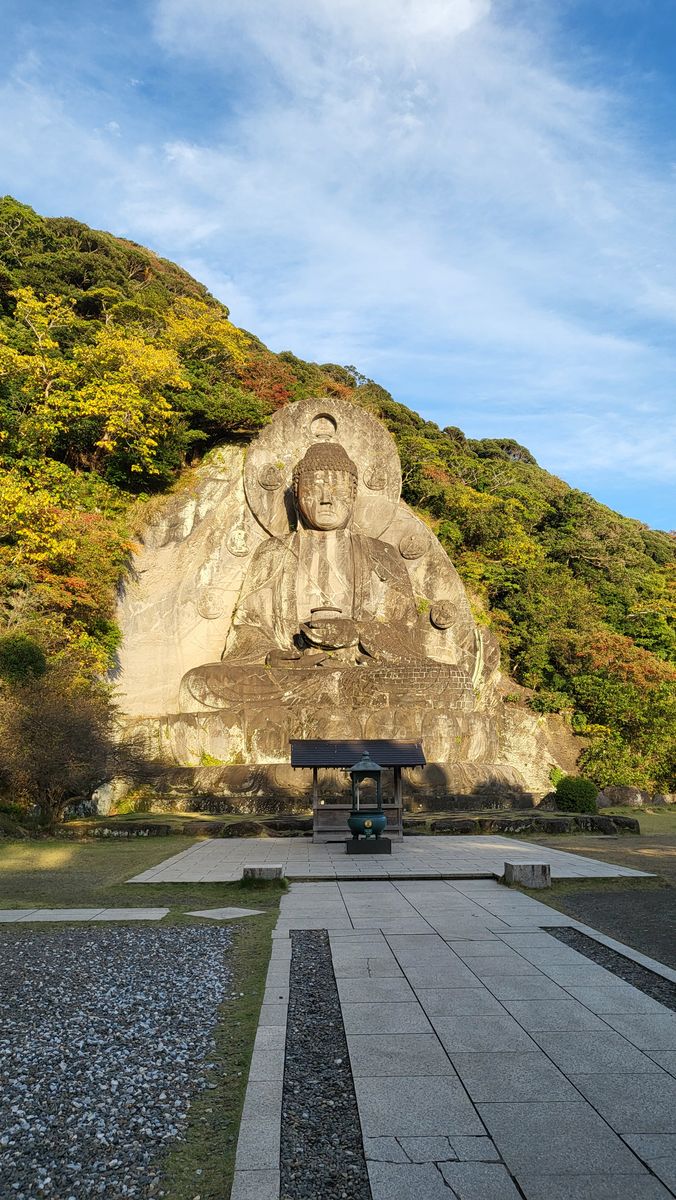
We rested up for a bit here but the caretaker suddenly asked us how are we descending the mountain. When we told her that we will use the cable car, she immediately told us to rush since its only up to 5 PM. And so we did.
We made it at about 5 minutes to 5 PM and the line was very long. I bought the tickets and discovered that they don't actually close while there are still people in the queue. But I think we did the right choice to follow the rule since I don't want to bother the workers. They're probably working overtime after 5 PM. It took at least 30 minutes before we were able to get a ride. The view from the cable car was really nice. It was sunset and it perfectly highlighted the red and brown trees.
At the bottom of the ropeway, there is a souvenir shop. Outside there's a cafe but we really want to go home so we just bought some refrigerator magnets and some snacks.
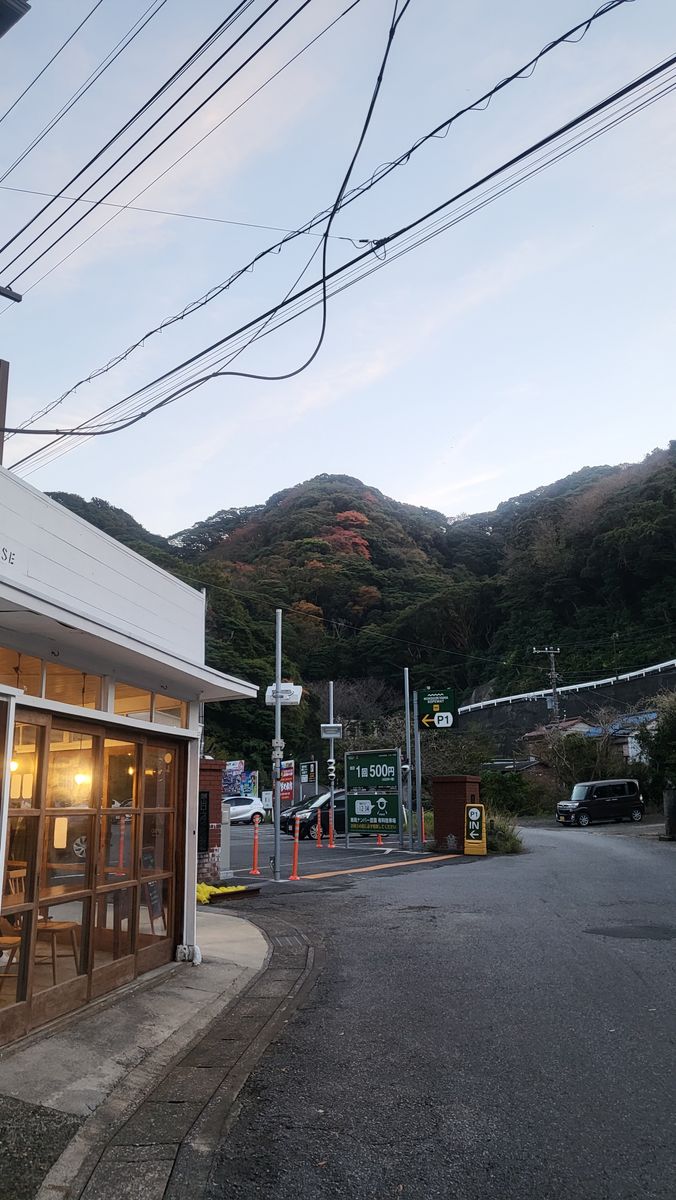
The hike was pretty easy because of the stone pathway and stairs. We just didn't expect that there's a full blown park at the summit that needs actual time to explore. We thought it was a regular hike-summit-descend type of trip. If we knew, we should have left early in the morning instead. But we still had fun and the fact that we lost more time by staring at the stone patterns in the mountain is a testament to it.
